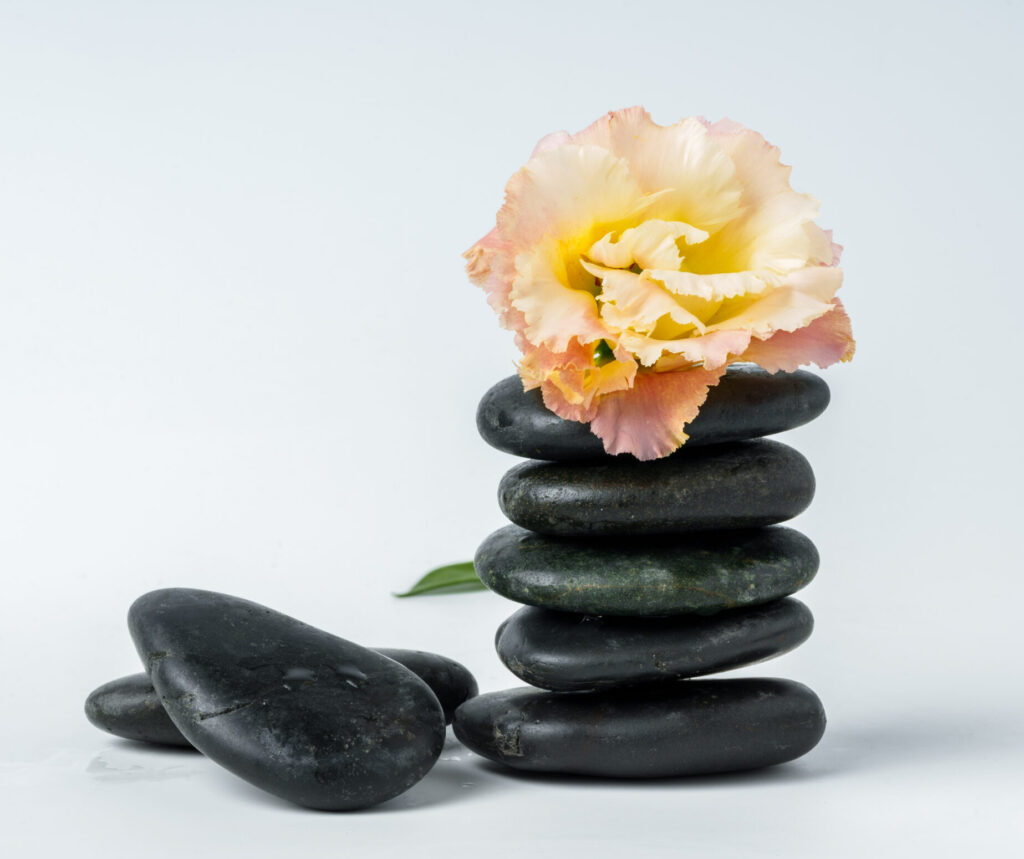The History and Origin of Ayurveda
Ayurveda, a Sanskrit term meaning “Science of Life,” is one of the world’s oldest holistic healing systems. Rooted in ancient Indian tradition, Ayurveda dates back over 3,000 to 5,000 years and is believed to have originated from spiritual revelations received by wise sages during deep meditation. These teachings were passed down through generations and gradually developed into a structured system of natural medicine.
This ancient practice emphasizes harmony between the body, mind, and spirit, and its foundation lies in observing the natural rhythms and laws of the universe. According to Ayurvedic philosophy, each individual is a unique blend of physical, mental, and spiritual elements, influenced by both internal and external environments.
Ayurveda presents the human being as a miniature reflection of the cosmos — the microcosm within the macrocosm. It teaches that maintaining balance among these interconnected aspects leads to health and well-being, while imbalance results in illness. Through herbal remedies, dietary guidance, lifestyle practices, and spiritual discipline, Ayurveda aims to restore harmony and promote a long, healthy life.
Core Principles of Ayurveda
Ayurveda is built on the understanding that the universe is governed by three fundamental energies, known as Doshas — Vata, Pitta, and Kapha. These energies are present in all living beings and are responsible for regulating every function in the natural world, from cosmic movements to the workings of the human body.
At the heart of Ayurveda lies the belief that all intelligence and wisdom stem from a single, unified source — Nature itself. This natural intelligence expresses itself through the intricate balance of life and health within every individual.
Ayurveda emphasizes living in alignment with nature’s rhythms. It encourages a lifestyle that nurtures harmony between the individual and the environment, aiming to maintain equilibrium through daily routines, diet, and natural therapies.
Unlike modern approaches that often focus solely on symptoms, Ayurvedic treatments aim to restore balance among the body’s core energies. This holistic method addresses the root cause of illness, offering long-lasting healing rather than temporary relief.
Recognizing that each person is unique, Ayurveda personalizes treatment plans based on one’s Prakriti (individual constitution). This means that two people with the same condition may receive entirely different therapies — from herbal remedies and diet changes to yoga, meditation, and detox practices.
Ultimately, Ayurveda’s mission is to heal the disconnection between mind and body, and to foster a sense of wholeness. By realigning internal energies and embracing nature’s wisdom, Ayurveda provides a sustainable path to health, vitality, and inner peace.
The Three Gunas: The Mental Forces
In Ayurvedic philosophy, the human mind is shaped by three fundamental energies called Gunas — Sattva, Rajas, and Tamas. These Gunas are the building blocks of mental and emotional tendencies, each representing a different quality of consciousness.
Sattva symbolizes purity, clarity, balance, and harmony. It is the force behind wisdom, compassion, and spiritual growth.
Rajas represents activity, desire, ambition, and restlessness. It drives action and change but can also lead to imbalance if excessive.
Tamas reflects inertia, ignorance, confusion, and darkness. While it provides stability and rest, too much Tamas can lead to stagnation or depression.
Ayurveda recognizes that every individual has a unique Manasa Prakriti — a psychological constitution influenced by the dominance of these three Gunas. Though this makeup is often genetically inherited, it is also shaped by lifestyle, environment, diet, and experiences over time.
The Tri Dosas
Ayurveda, the ancient Indian system of holistic healing, teaches that the human body is a reflection of the five essential elements of nature — space, air, fire, water, and earth. These elements combine within us to form three primary energies known as the Tridoshas: Vata, Pitta, and Kapha. These doshas are not physical substances but vital forces that govern all biological, psychological, and physiological processes in the body. Vata, composed of air and space, is the principle of movement and is responsible for functions like breathing, nerve impulses, and circulation. Pitta, formed from fire and water, represents the energy of transformation, regulating digestion, metabolism, and body temperature. Kapha, a blend of water and earth, provides structure, stability, and lubrication, supporting growth, immunity, and emotional balance.
Each individual is born with a unique combination of these three doshas, known as their Prakriti or natural constitution. This combination determines a person’s physical characteristics, mental traits, and overall health tendencies. Unlike modern medicine, which often treats symptoms, Ayurveda focuses on understanding this innate constitution to promote long-term wellness. The doshas constantly interact with one another and can shift due to diet, lifestyle, emotions, environment, and age. Imbalances in the doshas are believed to be the root cause of illness. For example, most functions attributed to the nervous system in modern science are linked to Vata in Ayurveda, while chemical processes such as digestion and hormonal activity are governed by Pitta. Kapha is associated with the body’s structure, including bones, muscles, and the immune system.
Maintaining a balance among the three doshas is essential for good health. Ayurvedic treatments are highly individualized, using knowledge of a person’s doshic makeup to determine ideal nutrition, exercise, herbal remedies, and cleansing therapies. By restoring the natural balance of these energies, Ayurveda offers a comprehensive path to healing that nurtures both body and mind.

The PancaMahabhutas
According to Ayurveda, everything in the universe, including the human body, is composed of the PancaMahabhutas, or five great elements. These elements are Akasa (Space), Vayu (Air), Teja or Agni (Fire), Jala (Water), and Prithvi (Earth). These elements are omnipresent and interact in varying proportions to create all forms of matter. Each element has its own unique attributes, but only some of these qualities become evident depending on the context or situation. The balance and interaction of these elements are in constant flux, creating a dynamic, ever-changing environment that drives the flow of life.
In the human body, the elements combine to form the doshas, which are responsible for all bodily functions. The balance of these elements is crucial for maintaining health and well-being. Ayurveda teaches that the body’s health depends on the balance of the PancaMahabhutas, with each element contributing to the functioning of the body and mind. When these elements are in harmony, a person experiences arogya, or good health. However, when the elements are out of balance, they can lead to disease and dysfunction.
The Sapta Dhatus
In Ayurveda, the body is supported by seven essential tissues known as the Sapta Dhatus. These include Rasa (plasma), Rakta (blood), Mamsa (muscle), Meda (fat), Asthi (bone), Majja (marrow), and Shukra (reproductive tissue). Nourishment flows from one to the next in sequence, starting with Rasa, which is formed from digested food and nourishes all cells. Rakta gives vitality and color; Mamsa provides physical strength; Meda lubricates and protects the organs; Asthi supports structure; Majja fills the bones and maintains strength; and Shukra governs reproduction and vitality. The health of each dhatu depends on proper digestion and balance among the doshas, with disruptions in one dhatu often affecting the others.
The Trayodasa Agni
Agni, the inner fire, plays a central role in all metabolic and transformative processes in the body and mind, from food digestion to emotional response. Ayurveda identifies thirteen types of Agni, of which Jatharagni—the digestive fire in the stomach and small intestine—is the most important. It breaks down food and aids nutrient absorption. Other Agnis operate at tissue and elemental levels, maintaining balance and transformation. Balanced Agni ensures strong immunity and vitality, while impaired Agni leads to poor digestion, sluggish metabolism, and disease, highlighting its significance in maintaining overall health.
The Tri Malas
Ayurveda emphasizes that balanced elimination of waste is just as important as nutrition. The Tri Malas—Purisha (faeces), Mutra (urine), and Sveda (sweat)—are the body’s main waste products formed during digestion and tissue metabolism. Purisha is the solid waste excreted after nutrient absorption; Mutra regulates hydration and flushes out toxins via the urinary tract; and Sveda controls body temperature and electrolyte balance through the skin. Proper formation and timely elimination of these malas are essential for maintaining physical cleanliness, internal balance, and preventing various diseases.
